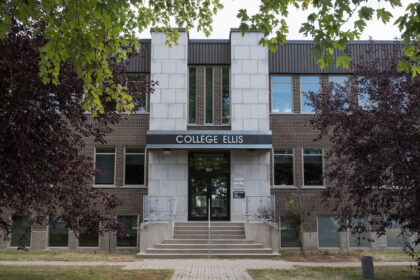Introduction
For more than two decades, the United States has been confronted with high-profile debates concerning student loans, affecting millions of debtors. Soaring costs of education lead to persistent student debt upon graduates; this influences graduates’ personal finance stability and choices over their careers. To end student loan stress on the pockets of many Americans, President Biden’s administration made aggressive moves to try and improve things. Let’s dig deeper into student loan policies of Biden and what these policies mean to the borrowers.
Understanding Biden Student Loan Policies
He had been open about his intentions when coming into the presidency regarding settling the student debt. White House has been keen on relief measures for borrowers and also comprehensive reforms of the system of student loans. He has sought simplification of the processes of loan forgiveness and ensured easier repayment plans for the students who have financial struggles.
Debt Relief Plans
Student Loan Forgiveness Program
Perhaps one of the most characteristic programs under Biden’s strategy is the Student Loan Forgiveness Program. Under this program, a borrower may have portions of his or her federal student loans forgiven based on some set criteria.
Who is qualified?
Eligibility depends on various factors like employment in certain sectors, income levels, and types of loans borrowed. Teachers, nurses, and other public service workers, for instance, qualify for much greater relief.
Application process
It may look pretty tough to apply for loan forgiveness, but the procedure becomes quite easy for borrowers. Most of the borrowers need to provide employment and income proofs, along with other information about their loans.
Income-Driven Repayment Plans
Income-Driven Repayment plans are another very significant component of Biden’s student loan policy. These plans change payments monthly according to the income of the borrower, so that borrowers can easily recover from debts without sacrificing their well-being financially.
Overview and Benefits
IDR plans can lower the amount the borrower pays every month dramatically, especially those who are low-income earners. The concept is to make the loan repayment comfortable so that the borrowers can focus on their career and life instead of struggling with unmanageable debt.
How to apply?
Applying for an IDR plan is not difficult at all. Borrowers can apply through the website of their loan servicer with the required documents on their income and family size.
Effects on Borrowers?
Financial relief from these initiatives will enable a massive subset of its graduates to have relief from the burden. Considering that most graduates think long-term milestones such as owning a house or starting a family will be delayed because of their student debt, this will precipitate more spending in the economy. Moreover, it will shift the balance of power in the marketplace, as graduates can take opportunities for careers they see themselves doing rather than having them based on pay.
Challenges and Controversies
The plans in the Biden administration have indeed been well-received to a large extent, with many applauding it and questioning its validity in another sense. Legal battles now abound over the questionableness of some of its forgiveness programs. More concerning, public opinion has created controversy: some are shouting that loan forgiveness is unfair against those who have paid and against those who chose never to borrow in the first place.
The Future of Student Loans
Going forward, the conversation on student loans will be different. Probable reforms will involve better management of loan interest, more funding in grants, and more financial education of the student before loans are made to him. There is, therefore, a strong call to borrowers in this new environment to become educated on what they should know about their opportunities and learn to advocate for themselves in such a context.
Conclusion
Biden’s student loan initiatives mark the most significant shift in America’s effort to confront and manage student debt. Much about the present is chaotic and promises change of merit. Advocacy and education are still the winners in striving to solve this issue once and for all for the borrower everywhere.
FREQUENTLY ASKED QUESTIONS (FAQ’s)
Qualifications for loan forgiveness are:
Eligibility usually comes with employment in certain areas, income levels, and types of loans taken. To get the most correct information, official guidelines are supposed to be consulted.
How do income-driven repayment plans work?
These plans set your monthly payment on your income and family size for easier payments.
What if my application for forgiveness is denied?
If your application is rejected, you can appeal the decision or consider other repayment plans. You should know the reasons for denial so you can work on those areas accordingly.
Are there new proposals emerging?
Policy change is always in progress and is advisable to stay updated on any new proposals or new changes in the student loan area from authentic sources.
How can I stay updated with the changes in student loan policies?
For the latest information, check the U.S. Department of Education’s website frequently and other credible sources of news on education policy.
